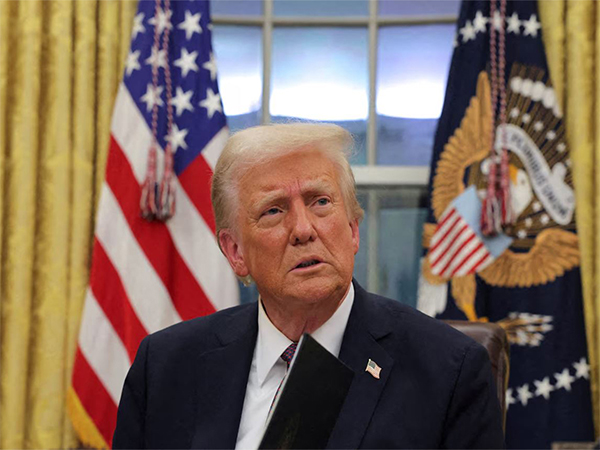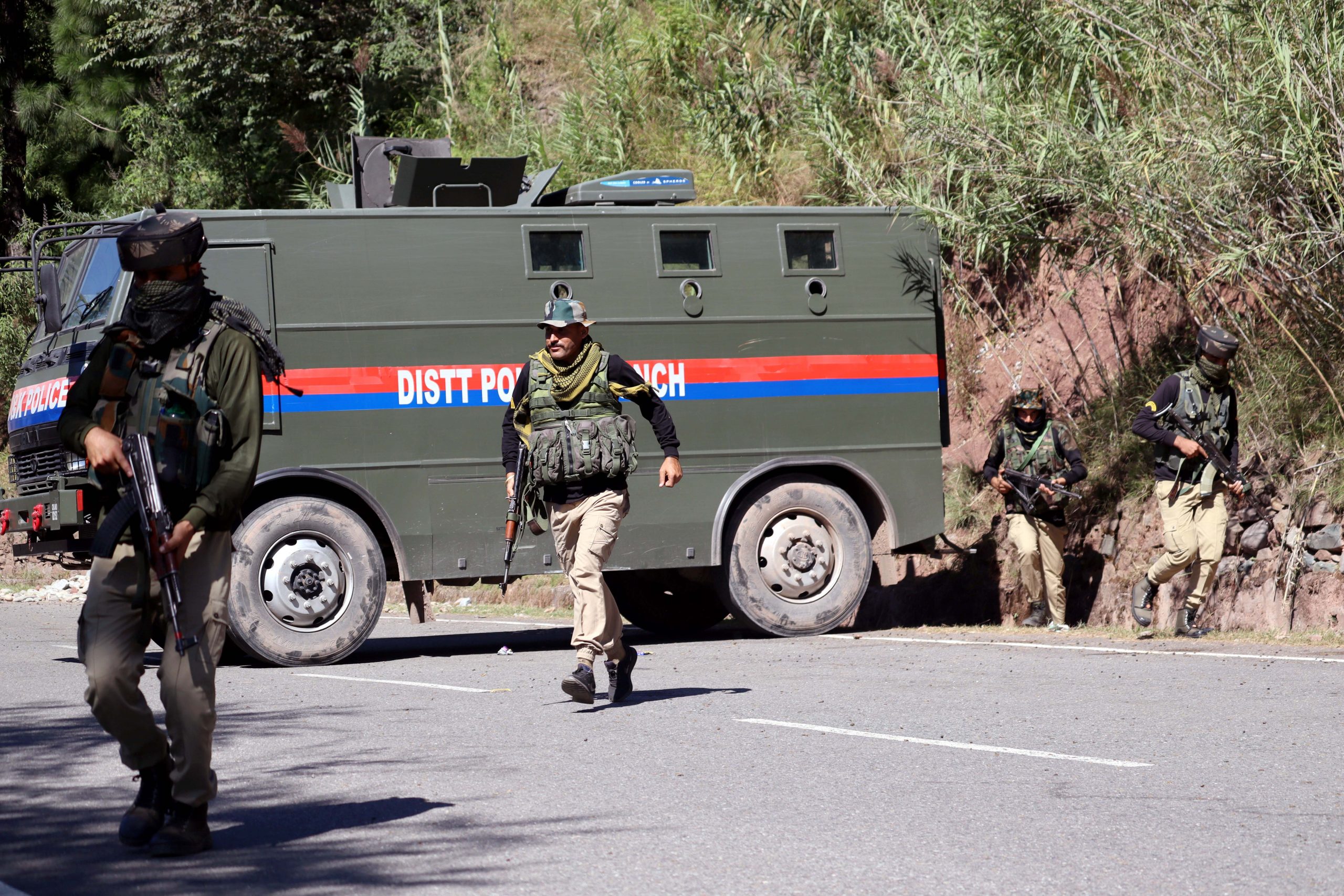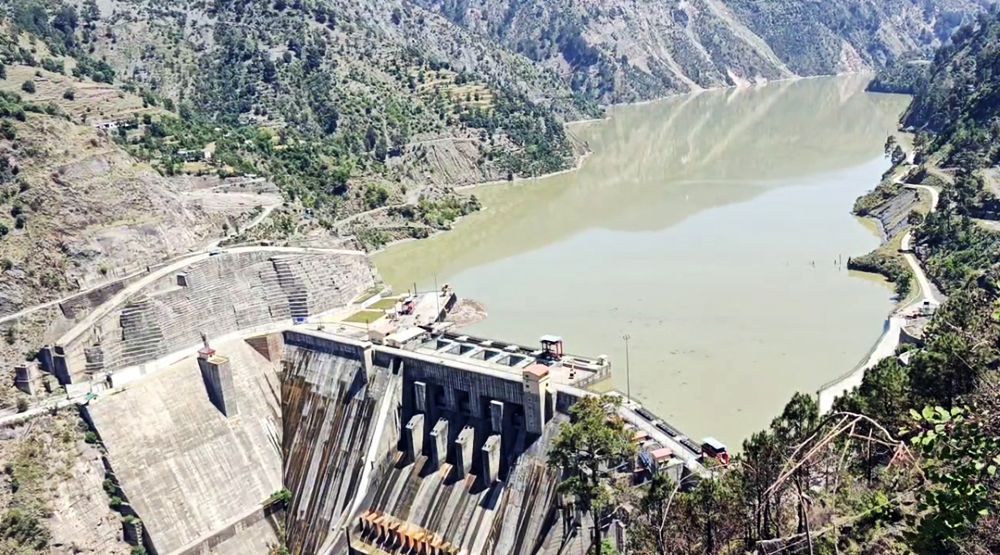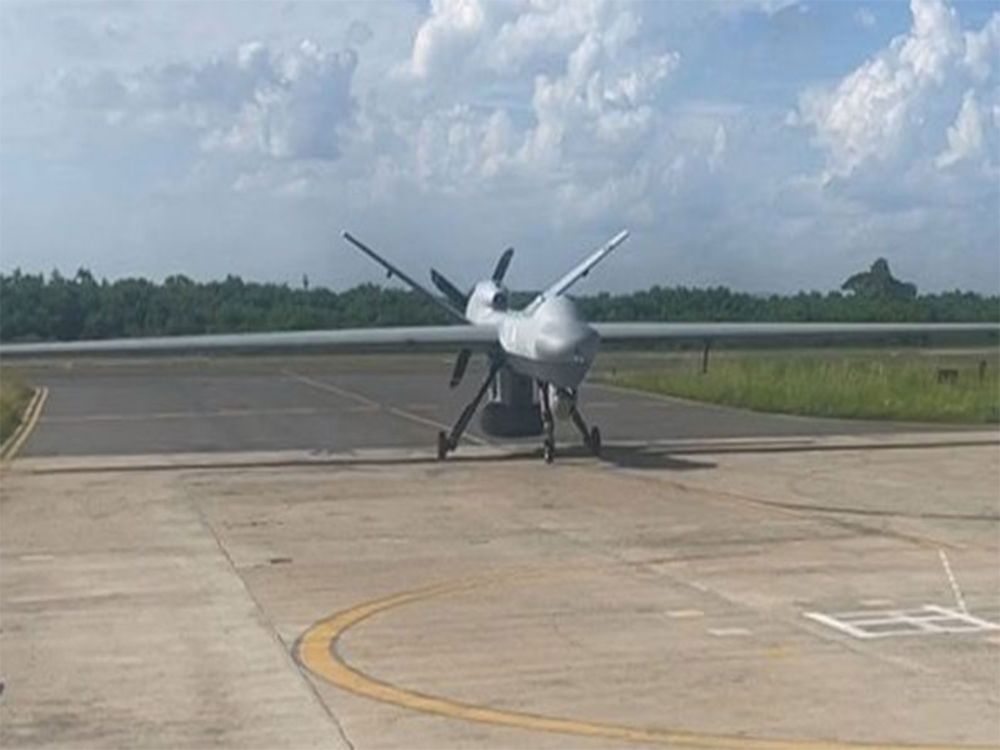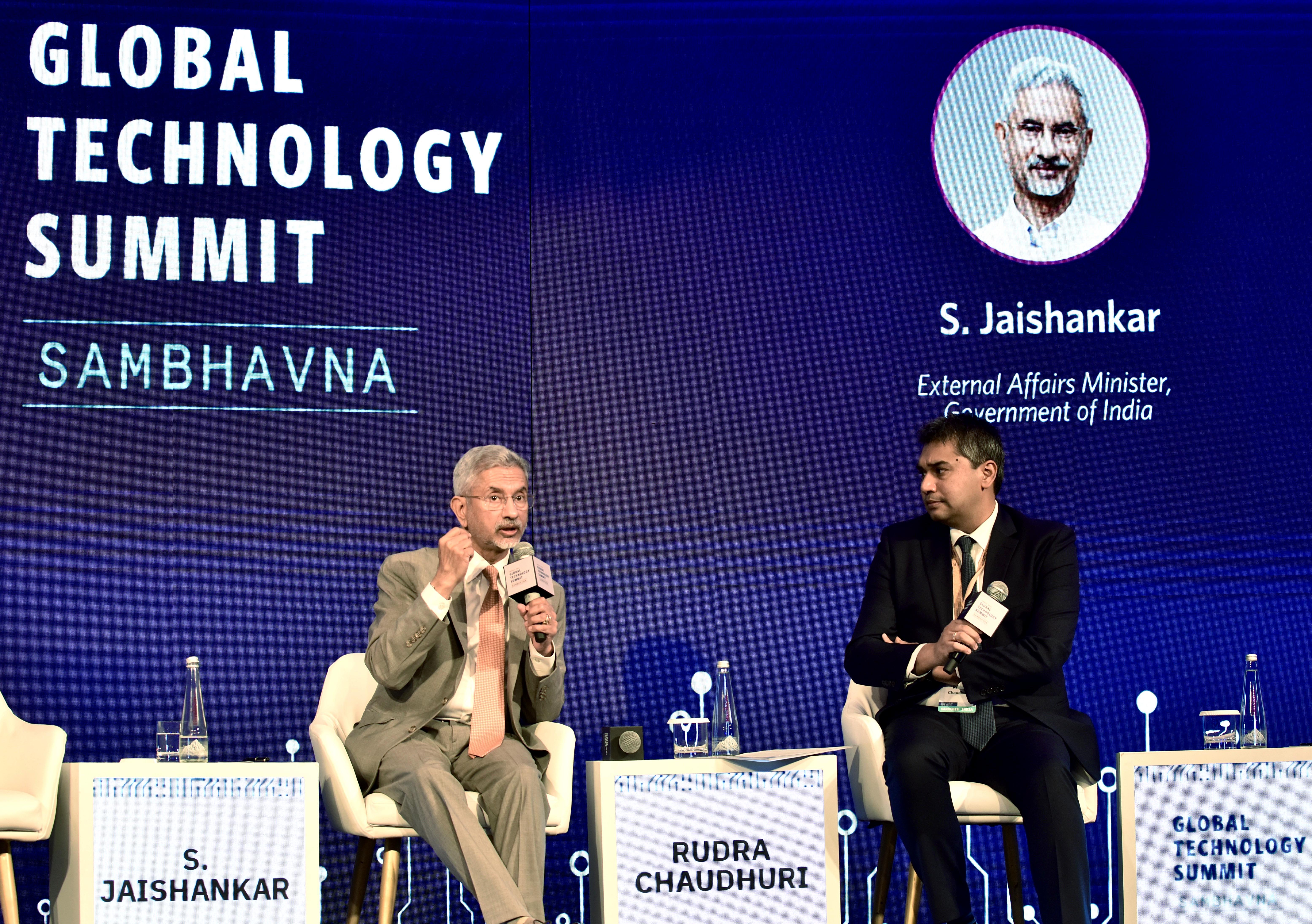India has taken its nuclear deterrence to the next level. India and US are also enhancing their defense cooperation. What does it mean for security in the Indo-Pacific region?
Our Bureau
Vishakhapatnam/New Delhi/Washington, DC
In a major strategic development on Thursday, a second Indian submarine capable of launching nuclear missiles was commissioned by India. INS Arighaat, the second ship of the Arihant-class nuclear-powered ballistic missile submarine, was commissioned into India’s navy at the city of Visakhapatnam.
This class of submarine, with the first boat INS Arihant commissioned in 2016, is equipped with four large-diameter missile silos. Each of them has three tubes for K-15 ballistic missiles, which have a range of 400 nautical miles, according to Naval News’ maritime security analyst H.I. Sutton. “Each missile tube should be able to fit a single K-4 missile,” Sutton noted. In comparison with the K-15, the K-4 is a full-size submarine-launched ballistic missile, which has an estimated range of 1,900 nautical miles. The Arihant-class is also armed with torpedoes for attacking submarines.
Nuclear triad refers to a three-pronged delivery structure that is composed of land-based ballistic missiles, submarine-launched ballistic missiles, and aircraft capable of carrying nuclear bombs.
The move is being seen as an effort by New Delhi to strengthen its deterrents to deal with nuke-capable neighbors China and Pakistan.
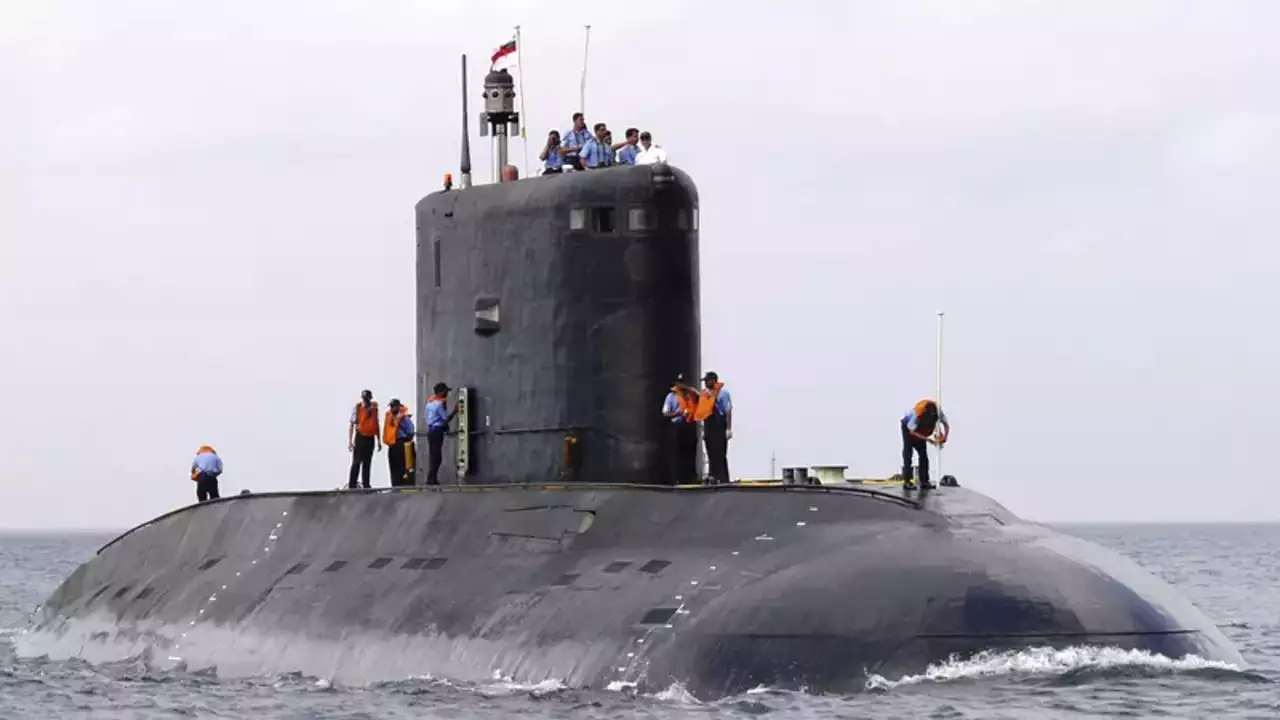
Immediately after the launch of the submarine, a Beijing-based military expert who requested anonymity told the Global Times on Thursday that with more nuclear-powered ballistic missile submarines, “India’s nuclear deterrence force has increased, but along comes its responsibility in wielding such power”. As long as they exist, nuclear weapons should be used in safeguarding peace and stability, not muscle flexing or nuclear blackmailing, the expert told the Chinese outlet.
It was a clear sign that China is deeply worried about this development.
The commissioning of the INS Arighat will serve to boost the country’s deterrence capabilities against growing Chinese influence in the Indian Ocean. Commissioned into service on 29 August, the INS Arighat marked “a significant advancement” in India’s strategic submarine manufacturing capabilities, according to Kandlikar Venkatesh, defense analyst at Global Data.
“Armed with twelve K-15 Sagarika or four K-4 submarine-launched ballistic missiles, INS Arighat substantially enhances India’s second-strike capability while providing a robust deterrence against its nuclear armed neighbors Pakistan and China,” said Venkatesh.
One key reason on the need for India to be able to develop and sustain its own SSBN capabilities concern the ambitions of China, which, far from maintaining its claims as an Asia-Pacific-centric power, is looking to extend its diplomatic, territorial, and military claims far beyond its borders.
This includes patrols by purportedly nuclear armed Type 094 SSBNs into the Indian Ocean, augmenting the regular deployments of the People’s Liberation Army Navy (PLAN) into the region.
China’s growing influence –and power – in the region is a cause of concern not only for India but also for the US which is worried about the navigation in Asian waters.
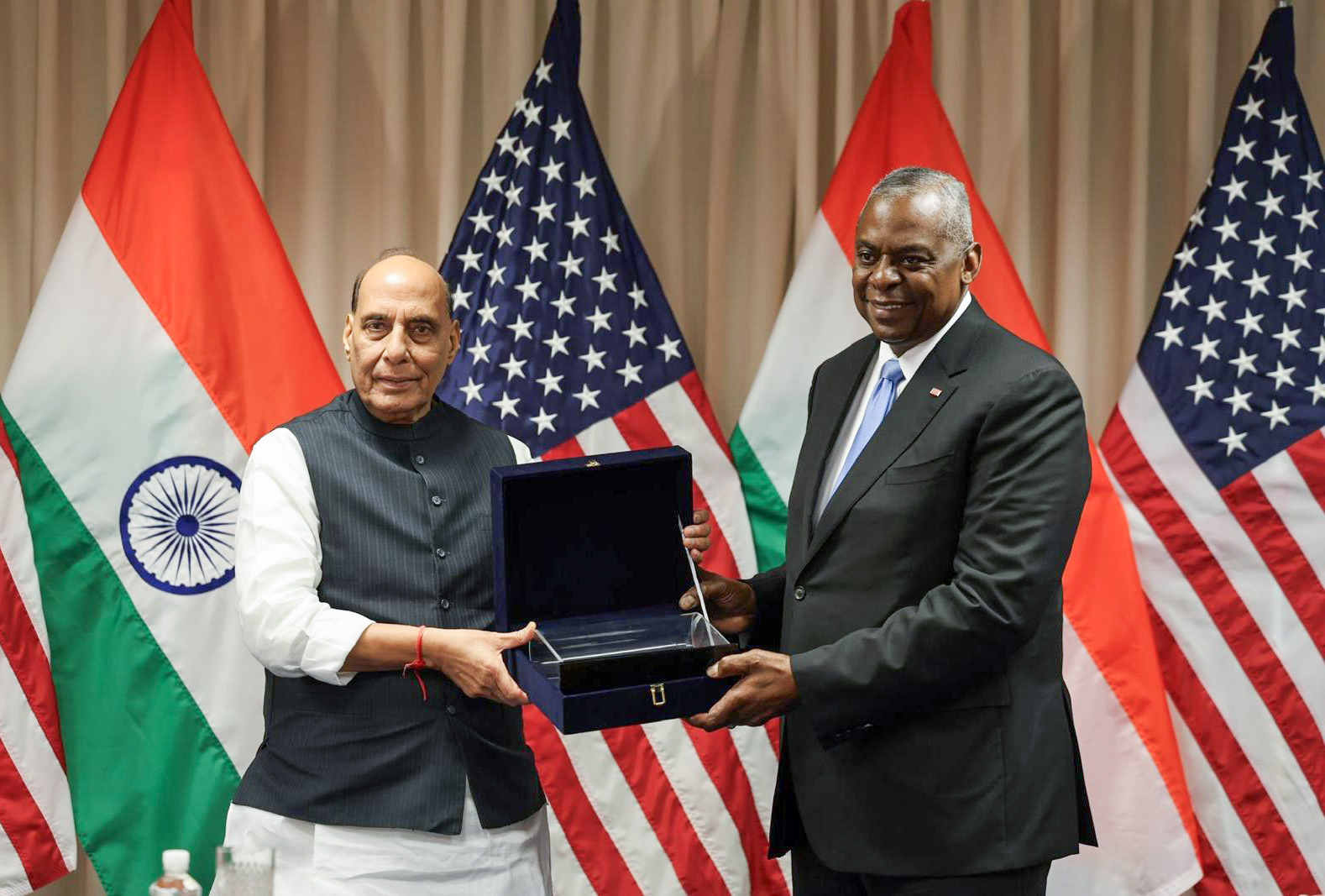
In this light, US Secretary of Defense, Lloyd Austin lauded the Indian Navy during his meeting with Defense Minister Rajnath Singh last Friday for its “robust contributions” in upholding freedom of navigation and regional security. Welcoming Rajnath Singh to the Pentagon on August 23, Lloyd Austin discussed ongoing efforts to deepen the Major Defense Partnership between the United States and India in support of a free and open Indo-Pacific region, the US Department of Defense said in a statement.
Secretary Austin and Minister Singh celebrated progress across several bilateral defense initiatives, including efforts to increase supply chain security, enhance maritime security in the Indian Ocean Region, and leverage a new agreement to strengthen operational coordination through Indian liaison officers at U.S. commands.
They agreed to advance priority co-production projects, including jet engines, unmanned platforms, munitions, and ground mobility systems, under the US-India Roadmap for Defense Industrial Cooperation.
They further held advanced discussions to expand cooperation in the undersea and space domains and welcomed ongoing implementation of the India-US Defense Acceleration Ecosystem (INDUS-X), which will convene its third summit in Silicon Valley this September.
The Indian minister’s visit was part of growing defense cooperation between India and the US, with an eye on China. At their meeting, Rajnath Singh and Lloyd Austin expressed happiness on the conclusion of the Security of Supplies Arrangement (SOSA), which encourages the defense industrial ecosystems of both countries to work together, and enhances the supply chain resilience.
They held wide-ranging discussions on bilateral defense cooperation, industrial collaboration, regional security and other international issues. In his opening remarks, Rajnath Singh said that India and the US enjoy a comprehensive global strategic partnership covering almost all areas of human endeavor.
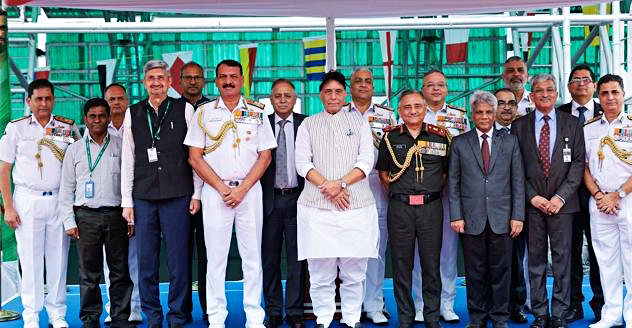
He said the bilateral relationship has seen a growing convergence of strategic interests and enhanced defense, security and industrial cooperation.
“Our leaders share an excellent rapport and are working together on several global issues apart from vast and growing bilateral relations. We have had regular high-level interactions and that includes PM Modi’s state visit to the US in June where he also addressed the joint sitting of US Congress. President Biden visited India in September 2023 to attend the G20 leaders’ summit. PM Modi met President Biden on the sidelines of a G7 meeting in Italy,” he said.
Rajnath Singh also interacted with the senior leadership of US defense companies in an industry round-table organized by the US-India Strategic Partnership Forum and outlined the various emerging co-development and co-production opportunities in the defense sector in India.
The event saw the attendance of senior leadership from prominent US defense and technology companies such as Boeing, GE, General Atomics, General Dynamics Land Systems, L3 Harris, Lockheed Martin, Raytheon Technologies, Rolls Royce, and ThayerMahan. In addition, a few Indian companies, such as ideaForge, Tata Sons and Tsecond, along with senior leaders from The Cohen Group attended the interaction with the defense minister.
As India and China remain locked in a border conflict in Ladakh, with no end in sight, the defense cooperation between India and US is likely to grow more as India adds more firepower to its naval fleet.
US urges China to start negotiations with Dalai Lama without preconditions
Our Bureau
Dharamshala (HP)
United States Embassy in New Delhi spokesperson Christopher Elms visited the exiled Tibetan community and urged China to start dialogue with Tibetan spiritual leader the Dalai Lama or his representatives without preconditions.
During this visit, Elms visited the Tibet Museum, Buddhist monasteries and offices of the Central Tibetan Administration and also met representatives of Indian and Tibetan media. Speaking to media, Elms said, “The Resolve Act as you know was passed by the Congress in June this year and signed into Law by US President Joe Biden in July. I can’t speak on behalf of Congress, but on behalf of the administration and on behalf of President Biden, he signed the Act into law because we agree with the sentiment of the law that is there to protect the human rights of the Tibetan people.”
“The law also discusses Tibet as a political entity. It’s been a long-standing policy of the United States and the President reiterated that the United States government still see the Tibet autonomous region and other Tibetan areas of China as a part of China, that does not change anything from our policy, that’s something that President Biden does control how we determine what international borders are. However, I think the next steps are what we have been urging for a long time which is a direct negotiation between China and the Dalai Lama or his representatives,” he added.

Further, Elms has called on China to engage in direct negotiations with the Dalai Lama or his representatives without preconditions.
“It’s been 13 years since they have been these district negotiations and we encourage China to engage in negotiations directly with the Dalai Lama or his representatives without preconditions,” US embassy spokesperson told ANI.
Christopher further said, “The Resolve Act describes the US’ position and it’s something that we are continuing to carry out our mission here in the US Embassy in New Delhi,” adding that “We do that around the world as well.”
“This has been something that a long-standing and we are continuing to do that and part of my visit is to understand how best US can support the Tibetan people. We continue to call for direct talks and we are open to create solutions. Our government talks with the Central Tibetan Administration and we would really like to see these talks directly without any preconditions as soon as possible,” he said.
Tibetan spiritual leader the 14th Dalai Lama has just returned to his exile home in Dharamshala after a successful knee treatment in the US.




















